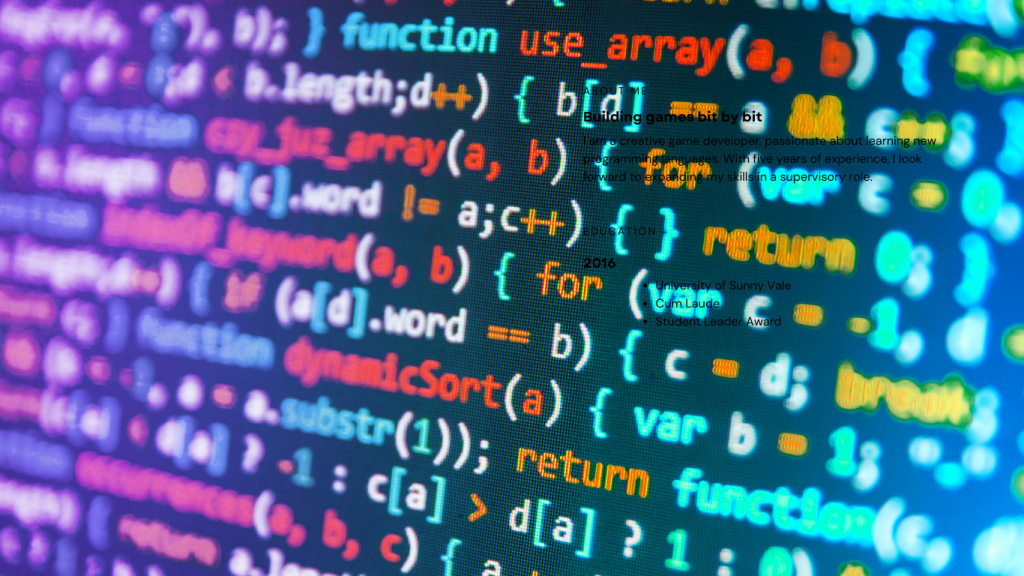Introduction
Python is one of the most popular programming languages in the world due to its simplicity, readability, and extensive collection of libraries. These libraries make it easier for developers to build applications without writing complex code from scratch. In this blog, we will explore how to use libraries effectively, covering installation, usage, and best practices.
Table of Contents
What Are Python Libraries?
Python libraries are collections of modules and functions that provide pre-written code to perform various tasks, such as data analysis, machine learning, web development, and automation. Some of the most commonly used libraries include:
- NumPy: Used for numerical computations.
- Pandas: Helps in data manipulation and analysis.
- Matplotlib: Used for data visualization.
- Requests: Helps in making HTTP requests.
- TensorFlow: Used for machine learning applications.
Installing Python Libraries
Before using a Python library, it must be installed on your system. Python provides a package manager called pip to install libraries easily.
Installing a Library Using pip
To install a library using pip, open your command prompt or terminal and type:
pip install library_name
For example, to install the Pandas library, use:
pip install pandas
This command downloads and installs the library from the Python Package Index (PyPI).
Installing Multiple Libraries
If you need to install multiple libraries at once, you can list them in a text file (e.g., requirements.txt) and use the command:
pip install -r requirements.txt
This is useful for project dependencies and collaboration.
Importing Libraries
Once installed, a Python library can be used in your script by importing it. This is done using the import statement.
Example:
import pandas as pd
import numpy as np
# Creating a simple array using NumPy
arr = np.array([1, 2, 3, 4, 5])
print(arr)
Here, we imported Pandas and NumPy and used them in our script.
Learn: Understanding Variables in Python: A Comprehensive Guide
Using Built-in Functions of Python Libraries
Every library comes with built-in functions that help in performing various tasks efficiently. Let’s look at an example using Pandas:
import pandas as pd
# Creating a DataFrame
data = {'Name': ['Alice', 'Bob', 'Charlie'], 'Age': [25, 30, 35]}
df = pd.DataFrame(data)
print(df)
This script creates a simple table (DataFrame) using the Pandas library.
Managing Libraries
To ensure that your Python environment is clean and organized, you should manage your libraries properly. Here are some best practices:
Checking Installed Libraries
To see all installed libraries, use:
pip list
Upgrading a Library
To upgrade a library to the latest version:
pip install --upgrade library_name
Uninstalling a Library
If you no longer need a library, remove it with:
pip uninstall library_name
Popular Libraries and Their Usage
1. NumPy (Numerical Python)
NumPy is a powerful library for numerical computations.
import numpy as np
arr = np.array([1, 2, 3, 4, 5])
print(arr.mean()) # Calculate the mean
2. Pandas (Data Analysis)
Pandas is used to work with structured data.
import pandas as pd
data = {'A': [1, 2, 3], 'B': [4, 5, 6]}
df = pd.DataFrame(data)
print(df.describe())
3. Matplotlib (Data Visualization)
Matplotlib helps create graphs and charts.
import matplotlib.pyplot as plt
x = [1, 2, 3, 4]
y = [10, 20, 25, 30]
plt.plot(x, y)
plt.show()
4. Requests (Web Scraping & API Calls)
Requests allow fetching data from web pages.
import requests
response = requests.get('https://api.github.com')
print(response.status_code)
5. Scikit-Learn (Machine Learning)
Scikit-learn is widely used for machine learning tasks.
from sklearn.linear_model import LinearRegression
model = LinearRegression()
Best Practices for Using Libraries
- Always use a virtual environment to manage dependencies (
venvorconda). - Keep libraries updated to the latest stable versions.
- Uninstall unnecessary libraries to keep your environment clean.
- Read the official documentation for best usage practices.
- Follow community guidelines and best practices for each library.
Conclusion
Python libraries provide powerful functionalities that simplify coding and improve efficiency. By understanding how to install, import, and use libraries properly, developers can write better and more efficient programs. Whether you are working on data analysis, web scraping, or machine learning, libraries can save time and effort, making programming more enjoyable and productive.
Learn More: How to Store Data in SQL: A Comprehensive Guide for Professionals

